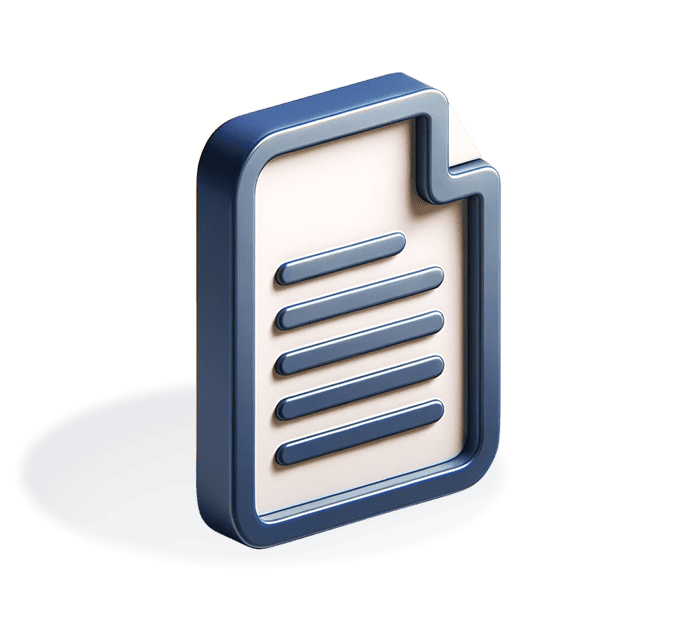Course Introduction
- Instructor introduction.
- Explain the course objective.
- Encourage attendees to ask questions and share feedback with other attendees.
- Explain that certificates will be emailed after the class.
- Go over the three disclaimers:
- There are no black and white answers
- Laws and agency standard operating procedures may be more restrictive. Blue to Gold teaches the federal standard unless otherwise stated. Therefore, students must know their state and local requirements in addition to the federal standard.
- If you have any doubts, push it up the chain.
- This course is legal education, NOT legal advice.
Module One: Instructor Fundamentals
Three Golden Rules
Rule One: The more you articulate why you did something, the more likely it will be upheld in court.
- Best Practice
- Example: DUI Investigation
- Ask the Class
- Examples
Rule Two: The more serious the crime, the more reasonable your actions are likely to be viewed
- Case Sample: U.S. v. Michael Torres
- Case Sample: Edwards v. State
Rule Three: Conduct all warrantless searches and seizures in the same manner as if you had a warrant
- Case Sample: Lowe v. State
- Case Sample: State v. Radel
Traits of a Good Instructor
- Smiles and Laughs
- Is Confident, NOT Arrogant
- Never Insults or Makes Students Feel Dumb
- Doesn’t Make Students Wrong
- Admits When Wrong or Doesn’t Know
- Encourages Participation
- Translates Legalese Into Analogies
Phrases and Analogies
- “Duration of Stop is Like Melting Ice Cubes.”
- “Can’t look for an elephant in a breadbox”
- “The ‘cat out of the bag’ Search”
- “Piggyback Rule”
- “Think ‘Artificial Vantage Point’ or Peepin’ Tom Rule!”
- “The 100-Person Test”
- “Hold on to ID’s and you can only get burned”
- “Skin in the Game”
Pictures
- The Rodriguez Case
- The Charley Case
- State v. Mitchell
Videos
- Watch the Video: ______________
- Watch the Video: ______________
- How To Add YouTube Videos to PowerPoint
Dresses and Acts Professionally
Encourages Cops to Make Good Case Law
Module Two: Search and Seizure Analysis
Five Questions and CREW
Q1: Who did the search or seizure?
- When does a private search become a government search?
- Case Sample: State v. Waterbury
- Case Sample: United States v. Stephen
- Ask the Class: What is a “cat out of the bag” search?
- Case Sample: U.S. v. Jacobsen
- Two Major Restrictions
- Can’t Exceed Private Search
- Must Have Lawful Access
- Ask the Class: What is the substantial certainty test?
- Case Sample: United States v. Runyan
- Case Sample: Rann v. Atchison
Q2: Was it a protected area?
- The Fourth Amendment protects four things:
-
- People
- Structures and Curtilage
- Data
- Possessions
- Four Factors for Curtilage
-
- Proximity
- Enclosed
- Use
- Sight Screening
Case Sample: U.S. v. Dunn
Case Sample: State v. Karston
Case Sample: State v. Larson
Case Sample: State v. Weaver
Q3: Did a search or seizure occur?
Reasonable Expectation of Privacy
-
- Factors Needed to Establish REP
- Case Sample: Raettig v. State
- Case Sample: United States v. Fields
- Case Sample: United States v. Trice
- Case Sample: United States v. Heath
Trespass Into A Protected Area
-
- Two Factors Needed to Establish a Search Under Trespass
- Two Seizures Under the Fourth Amendment
- Show of Authority
- Physical Seizures
Q4: Did you have C.R.E.W.?
- C.R.E.W. – Consent (Three Requirements)
-
- Free and Voluntary
- Apparent Authority
- Don’t Exceed Scope
- C. R.E.W – Recognized Exception
-
- Community Caretaking
- Case Sample: State v. Elders
- Case Sample: Commonwealth v. Livingstone
- Case Sample: Commonwealth v. Robertson
- C.R.E.W. – Warrant
-
- Case Sample: Raettig v. State
-
- Decision Sequencing
-
- Example One
- Example Two
- Example Three
“Secret” Fifth Question – Q5: Is there a C.R.E.W. exception?
- Reasons to Exclude Evidence
-
- To deter police misconduct
- Courts don’t want to be “accomplices” in unlawfulness
- Instill public trust/confidence in government
C.R.E.W. Exceptions – No Standing
C.R.E.W. Exceptions – Inevitable Discovery
- Inevitable Discovery
- Independent Source
C.R.E.W. Exceptions – Good Faith/Bad Faith
- Good Faith
- Invalid Search Warrant
- Invalid Arrest Warrant
- Unconstitutional Law
- Bad Faith
- Lies and Reckless Information
- Biased Judge
- Facially Invalid
- Objective Reasonableness
C.R.E.W. Exceptions – Other Exceptions
- Non-Criminal Hearings
- Grand Jury
- State Law Violations
- Attenuation Doctrine
- Self Help
Liability § 1983
- 42 U.S.C. § 1983
- Case Sample: Monroe v. Pape
- Case Sample: Malay v. City of Syracuse
- Case Sample: Luce v. Town of Campbell
- Case Sample: Hoke v. Anderson
- Case Sample: Sims v. Labowitz
1983 In Action
Liability § 242
242 in Action
Liability Pattern and Practice
- Legal Definitions
- Judicial Hierarchy
- Trial Court, Appellate Court, and Court of Last Resort
- Petitioner
- Appellant
- Respondent
- Appellee
- Procedural Posture
- Statement of Facts
- Stare Decisis
- Affirmed
- Vacated
- Reversed
- Habeas Corpus
- Status Quo
- De Facto
- De Minimis
Case Law Hierarchy
- Binding Authority
- Persuasive Authority
Module Three: Using Legal Resources
- Federal Law
- State Statutes
- Local Ordinances
- Regulations
- Secondary Sources
Module Four: Finding Case Law
- Saved Cases
- Evernote
- Word Doc
- Folders
Secondary Sources
-
- Must Have Free Resources
- Finding Resources
- Paid Resources
Analog Cases
Organic Search
- Keywords
- Boolean Logic
-
- Quotation Marks
- Or
- Wildcard “*”
- Minus (-)
Module Five: Reading Case Law
- Citation
- Background
- Legal Issues
- Conclusions
Module Six: Summarizing Case Law
Summarizing
- Issue
- Facts
- Holding
- Rationale/Takeaway
Summary Examples
- Summary Example One: Arizona v. Hicks, 480 U.S. 321 (1987)
- Summary Example Two: State v. Cantsee, 321 P.3d 888 (2014)
Answering Legal Questions
- How to Answer Questions
- Legal Advice
Module Seven: Analogs
- Victim’s Bill of Rights
- Doe v. Dep’t of Pub. Safety & Corr. Servs. 430 Md. 535 (2013)
- New Jersey Constitution Article I, Section 7
- Commonwealth v. Brown, 996 A.2d 473 (2010)
- Commonwealth v. Alexis, 481 Mass. 91, 99-100
- Pro Tip
- Pro Tip: Emerging Legal Issues
- Handouts
- University Access
- Books
Module Eight: Pre-Test Q&As
Fourth Amendment Analysis
- Analysis One
- Analysis Two
- Analysis Three
- Analysis Four
- Analysis Five
- Analysis Six
- Analysis Seven
- Analysis Eight
- Analysis Nine
- Analysis Ten
Summarizing Case Law Activity
Module Nine: Final Test














